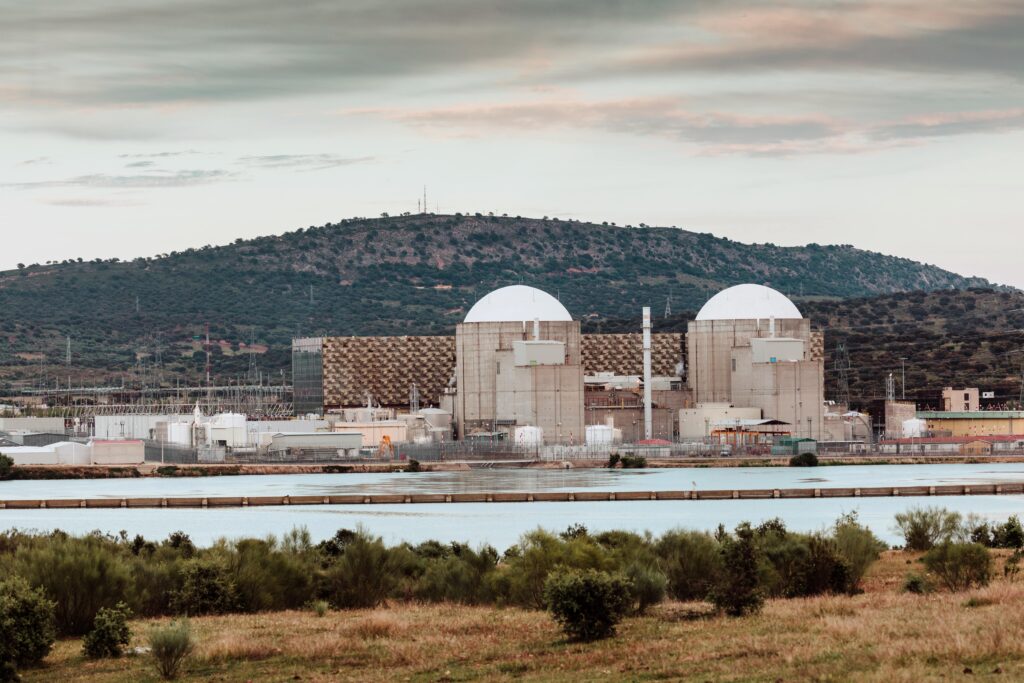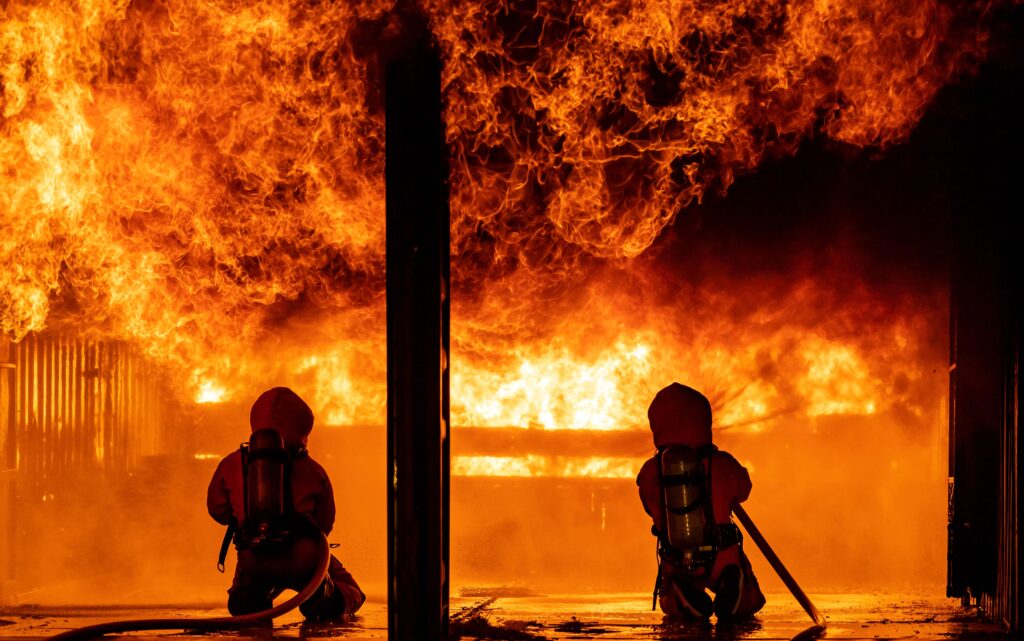Hello, everyone. My name is Daichi, an expert providing the information on the radiation issues in an easy-to-understand manner.
Today, I would like to respond to the following question(s)/request(s):
– Regarding the exposure to radiation, I have heard that there are ‘exposure situations’, but I would like to know more specifically about the kinds of situations.
Table of contents of this article
- (There are three situations) Categories of exposure situations (Vol. 1)
- Planned exposure situations
- Emergency exposure situations
- Existing exposure situations
- Why is it important to think about exposure situations?
- Summary
I have been involved with the radiation-relevant issues, like the policy on the decontamination activities and the management of the Interim Storage Facility, after the accident of the Fukushima Daiichi Nuclear Power Plant in 2011.
I received a doctorate in the field of radiation, while working in Fukushima.
(There are three situations) Categories of exposure situations (Vol. 1)
The following 3 exposure situations are defined, in the documents of the ICRP (International Commission on Radiological Protection) and other relevant international organizations.
– Planned exposure situations
– Emergency exposure situations
– Existing exposure situations
In the documents of the ICRP, the concept of the exposure situations were first introduced in the recommendation in 2007 (Publication 103), and each situation will be elaborated below in sequence.
Regarding the ICRP, please visit this article, this article and this article.
Planned exposure situations

The planned exposure situations are the situations, to make a long story short, as the name represents, under which exposure to radiation occurs derived from radioactive sources (radioactive materials) introduced in a planned manner.
For example,
– The exposure derived from construction of a new nuclear power plant
– The exposure derived from introduction of a new research laboratory
– The exposure derived from diagnosis or treatment with radiation in medical facilities
correspond to the exposures under the planned exposure situations.
Emergency exposure situations

The emergency exposure situations are the situations, as the name also represents, under which exposure to radiation occurs under the emergency situations.
For example,
– The exposure derived from radioactive materials released into the environment due to accident of nuclear power plants
– The exposure derived from radioactive materials dispersed into the environment due to misuse of abandoned equipment
correspond to the exposures under the emergency exposure situations.
In any case, they are the exposure situations shortly after the accidents or incidents occur, and situation of contamination caused by released radioactive materials is not fully understood.
Existing exposure situations

It is a bit difficult to understand, but the existing exposure situations are the situations which are not under emergency situations and also not situations derived from radioactive sources introduced intentionally (situations other than the planned exposure situations and the emergency exposure situations).
For example,
– The exposure derived from decontamination activities after accident of nuclear power plants.
– The exposure derived from natural radiation.
correspond to the exposures under the existing exposure situations.
Why is it important to think about exposure situations?

By the way, why is it so important in the first place, to understand the exposure situations?
One of the key points is that, a concept of radiation protection changes according to the exposure situation.
Very high level of exposure dose, which causes so called the deterministic effect like acute disorder, should be avoided at all times.
However, under the exposure situations, with much lower level of dose, which causes so called the probabilistic effect, the concepts of radiation protection or measures to be prioritized differ according to the exposure situations: emergency, planned and existing.
Regarding the deterministic effect and the probabilistic effect, please refer to this article.
This could be a unique approach to radiation protection, which can’t be seen in impacts on health caused by other chemical substances.
Some of you might be confused with a various kinds of values regarding radiation protection (1mSv?20mSv?50mSv?).
Complexity of the values could be attributable to the difference between exposure situations, although sometimes other factors are related with it.
To be familiarized with the exposure situations is important, in order to understand well the complexity.
Summary
There are the following 3 exposure situations.
– Planned exposure situations
– Emergency exposure situations
– Existing exposure situations
Understanding of the difference above could be a basis to understand the reason why the concept of radiation protection changes according to the exposure situations.
The difference of measures under the different exposure situations are elaborated in this article and this article.
By the way, the following videos are created, which explain the almost same contents above.
Please take a look at them at your convenience.
– Japanese version
– English version
This is the end of this article.
You can read the same article in Japanese here.
Thank you very much for reading this article.
See you next time!



コメント
[…] Last time the categories of exposure situations were covered in this article. […]
[…] this previous article the categories of exposure situations are covered and in this article the categories of exposure, […]